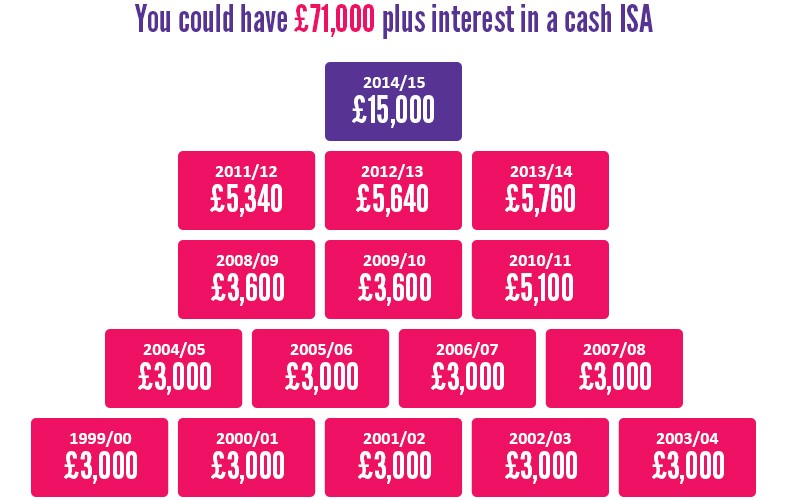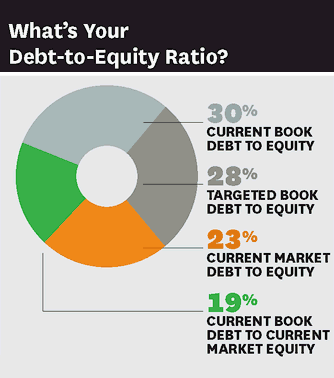What is the RiskFree Rate and How Can It Be Used to Guide Your Investment Decisions
Post on: 26 Май, 2015 No Comment

In investment, there is this term called risk-free rate of return. In a relatively stable economic environment, the risk-free rate offers the minimum return that one can yield without taking on any risk (ie, a risk-free investment). But what is it really and how can it be used by a stock investor to make investment decisions? Lets find out.
What is the risk-free rate?
The risk-free rate in a given period refers to the best rate of return that an investor would expect by engaging in an absolutely risk-free deal. At the end of a specified period, the investor will receive the original capital plus the payment of the interest. It is the minimum return for any investment since the investor is unlikely to accept extra risks unless the expected return is larger than this minimum rate. Risk-free rate does not exist in practice as every investment carries some amount of risk, no matter how low this is. But nevertheless, it is being used as a benchmark for decision-making.
Usually, the risk-free rate used is the interest of government bonds. It is considered risk-free because government cannot run out of money since it can create more when necessary. In the US, the 3-month Treasury bill rate is usually used as the risk-free rate. Thomson Reuters also recommends the 3-month Treasury bills for use as basis or as the risk-free rate. Amidst the current Euro crisis, the usual practice is to use the rate of bonds with the lowest interest rates. Meanwhile, Bloomberg’s version refers to the 10-year government bond rate which is quite useful since several countries do not issue T-bills consistently.

How It Can Guide Investment Decisions
The presence of the so-called risk-free rate is important for investment decisions. After factoring in various risks, the return you should expect has to be larger before you proceed with the investment venture. But take note that no investment is completely risk-free. Aside from the default risk that you may face by buying government bonds that are supposedly risk-free, there are also market and company risks to account for. You should also anticipate other uncertainties brought by inflation and foreign exchange rate fluctuations, if necessary, in your investment decisions.
As a sidenote, the great Warren Buffett uses the risk-free rate to determine whether or not he should invest in a company. So if he uses it, you should use it also.














